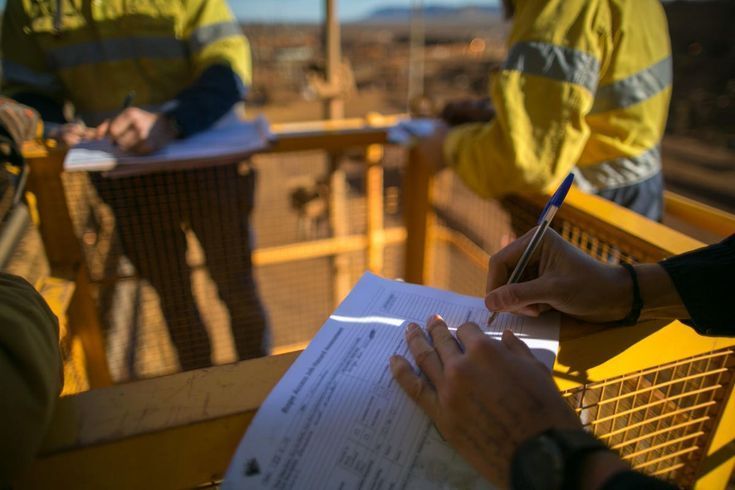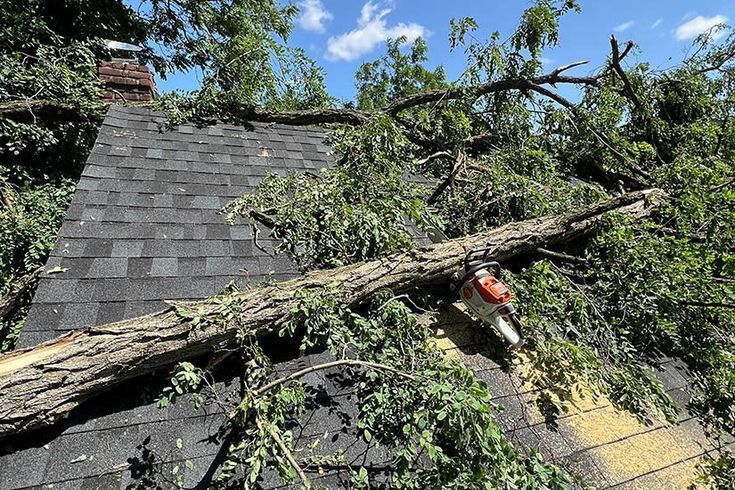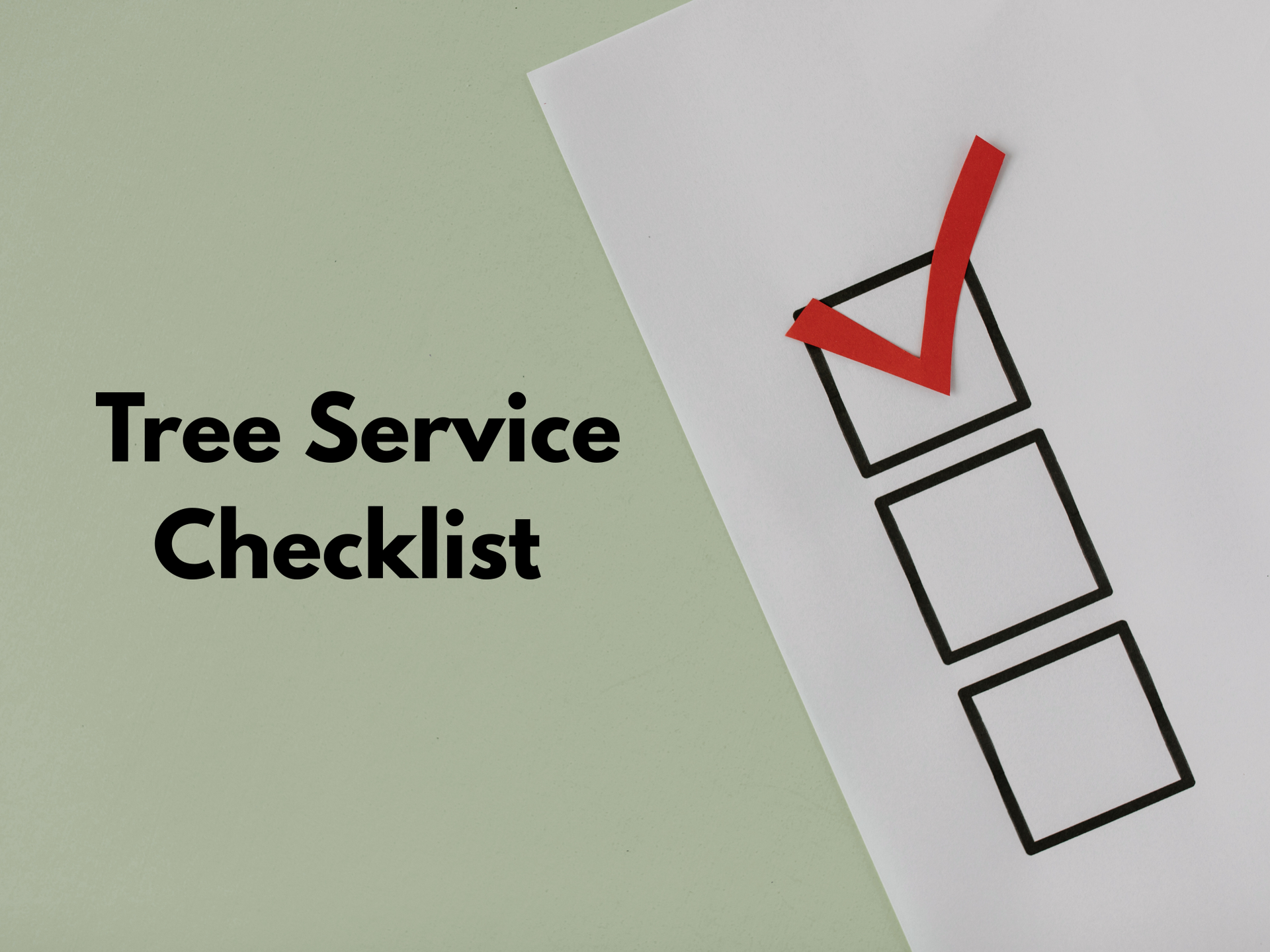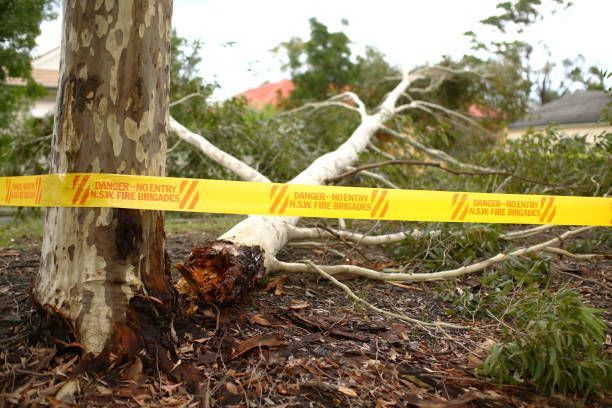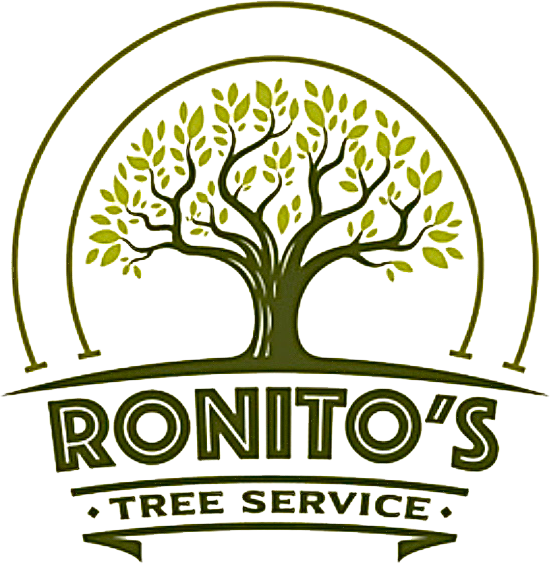How Trimming Prevents Emergencies in East Cobb
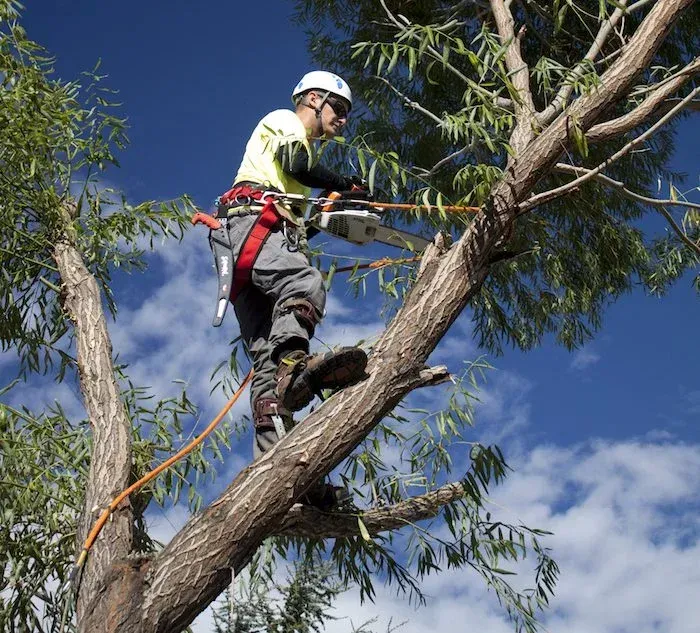
Homeowners in East Cobb are aware that storms can arrive with little warning, leaving them with almost no time to prepare. Strong winds and heavy rain can turn overgrown or weakened trees into serious hazards in minutes. Even small branches can become dangerous projectiles, while larger limbs may damage roofs, block driveways, or bring down power lines. What begins as a routine summer storm can quickly become a costly and stressful emergency if trees are not maintained.
Routine tree trimming is one of the simplest ways to reduce those risks. Proper pruning removes dead or diseased wood, lightens heavy branch tips, and improves airflow through the canopy, allowing trees to move with the wind instead of fighting it. A balanced structure also keeps limbs from rubbing, splitting, or overreaching toward roofs and utility lines. The result is a sturdier tree that is better able to withstand severe weather.
By planning—scheduling smart pruning and regular inspections—you can protect your property and avoid last-minute panic when storms are forecasted. Homeowners throughout East Cobb, Marietta, Roswell, Woodstock, and Sandy Springs benefit from catching problems early, setting clearances over roofs and walkways, and removing hazards before they fail. A little preventive care now provides peace of mind when storm season arrives.
Why trim before storm season in East Cobb
Pruning reduces storm risk by strengthening tree structure and clearing hazards before they fail.
- Balanced canopies move with the wind.
Trees with a well-shaped crown flex instead of fighting gusts.
- Remove first-to-fail wood. Dead or cracked branches are most likely to break during storms—take them out early.
- Reduce tip weight.
Lightening heavy branch ends lowers leverage and stress points.
- Improve airflow.
Thinning congested areas lets wind pass through the canopy more easily.
- Eliminate weak wood.
Selective cuts reduce breakage under high winds.
- Maintain clearances. Maintain space around roofs, driveways, and walkways to prevent minor issues from escalating into costly repairs.
Result: Branches are less likely to break in strong winds, and routine maintenance helps avoid emergency calls.
Risk signs to watch in Marietta and Roswell
Use this quick visual checklist after storms or during routine walk-throughs to ensure your property is safe and secure. These warning signs indicate a higher chance of limb or whole-tree failure and need prompt attention.
List of Services
-
Hanging DeadwoodList Item 1
After any storm, look for dead or partially detached limbs that can drop without warning.
-
Cracks at Branch Unions or on the TrunkList Item 2
Splits where large branches meet the trunk—or vertical trunk cracks—weaken the structure and often worsen in high winds.
-
Fungus or Soft, Crumbly Wood at the BaseList Item 3
Mushrooms or conks typically indicate internal decay that can destabilize a tree, even if the canopy appears healthy.
-
New or Increasing LeanList Item 4
A fresh tilt, or one that’s worsening, may indicate shifting roots or saturated soil, and a higher risk of sudden failure.
-
Overhead Targets
Prioritize limbs extending over roofs, driveways, sidewalks, or play areas because they pose the highest risk of damage or injury during storms.
If you notice any of these signs, schedule a professional inspection before the next severe weather event.
Tree Trimming VS. TREE REMOVAL
Tree trimming helps keep trees healthy and attractive by removing overgrown, damaged, or hazardous branches to prevent risks and encourage strong growth. Tree removal, on the other hand, involves safely taking down a tree that is dead, diseased, or poses a danger to property. Together, these services ensure both the beauty and safety of your landscape.
Use this quick comparison to determine which option best suits your situation.
| Trimming | Removal | |
|---|---|---|
| When | The tree is healthy but overgrown, unbalanced, or encroaching on nearby structures. | The tree is significantly decayed, the root system is compromised, or there are large cracks that pose a risk of failure. |
| Goal | Reduce risk, improve structure, and maintain clearance while preserving the tree. | Eliminate a hazard to protect people and property. |
| Involves | Selective pruning to reduce tip weight, remove weak/dead wood, and balance the canopy. | Taking the tree down in a controlled manner (with rigging as needed); stump left or ground later. |
| Timing | Planned maintenance—often before storm season. | As soon as safety is in question or failure is likely. |
| Result | A safer, stronger tree that coexists with nearby structures. | Hazard removed and space cleared for repairs or replanting. |
If a limb or tree has already fallen, please visit our page for
24/7 Emergency Tree Service.
How often to trim in Woodstock and Sandy Springs
- Every 1–2 years — Fast-growing species, such as willows and many maples, should be lightly pruned every 1–2 years to manage rapid growth, reduce wind resistance, and remove weak wood.
- Every 2–3 years — Most common landscape trees benefit from trimming every 2–3 years, which maintains clearance over roofs and walkways and keeps the canopy healthy and balanced.
- Every 3–5 years — Large, mature oaks and other slow growers typically need selective pruning every 3–5 years, along with periodic deadwood removal to lower storm-damage risk.
- After major storms (as needed), trees over homes, driveways, or play areas in Woodstock and Sandy Springs may require more frequent care. Schedule a quick inspection after major storms.
What to expect during an emergency visit
The first step is to ensure the site is safe, provide clear access, and prevent further damage. This may involve securing the area, removing fallen or hanging branches, and clearing driveways or structures. Once the site is safe, a follow-up trimming or removal plan should be implemented to protect what remains. If you require immediate assistance, please contact us by phone or use the form on our Emergency Tree Service page.
Serving East Cobb and Beyond
Our team is dedicated to keeping East Cobb’s trees safe and healthy while supporting our neighbors in Marietta, Roswell, Woodstock, and Sandy Springs. From regular maintenance to emergency tree services, we’re here to protect your property and enhance your landscape.
Safety notes for homeowners
Quick checklist before any DIY pruning
Here’s why stump grinding is a smart next step:
- Stay clear of power lines: If a limb is near or touching a line, stop and call the utility or a licensed arborist.
- Set a no-go zone:
Keep people, pets, vehicles, and furniture well outside the drop area until cleanup is done.
- Stay on the ground:
Don’t climb with a chainsaw. Proper training and PPE (helmet, eye/ear protection, gloves, chaps, secured system) are required.
- Skip ladder cuts:
Use a pole saw from the ground, or hire a pro for any off-ground work.
- Plan every cut:
Confirm the fall path, watch for tensioned wood, and stop if you see cracking, decay, or unexpected movement.
- Have an exit:
Clear a clear escape route and keep a spotter nearby, if possible.
When to Call a Professional
- Near power lines: Never attempt work yourself. Contact the utility company or a licensed arborist—only line-clearance crews are trained and authorized to handle this safely.
- Aerial access required: If climbing, aerial lifts, or rope rigging are needed, hire a trained crew experienced in safe aerial operations and load control.
- Heavy or storm-damaged limbs: Large branches hanging over roofs, vehicles, fences, or play areas should be dismantled by professionals to avoid serious damage.
- Uncertain tree stability: If you’re unsure about decay, cracks, root issues, or stressed wood, schedule a professional inspection to prevent unpredictable failures.
Don’t wait for the next storm to strike
📞 Book a trimming walk-through today. We will identify hazards, establish clearance targets, and outline a seasonal plan tailored to your property. Begin with tree trimming and pruning, or contact our Emergency Tree Service for urgent assistance.
Recent Posts
